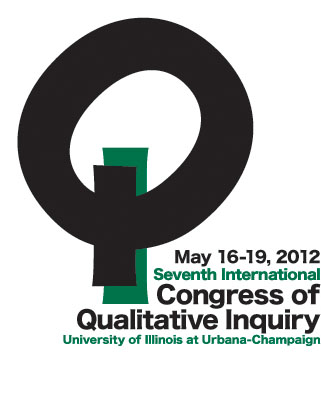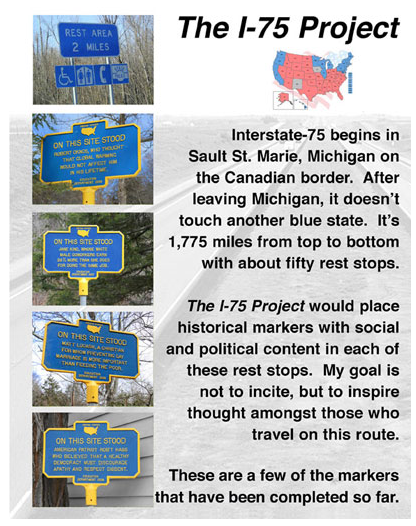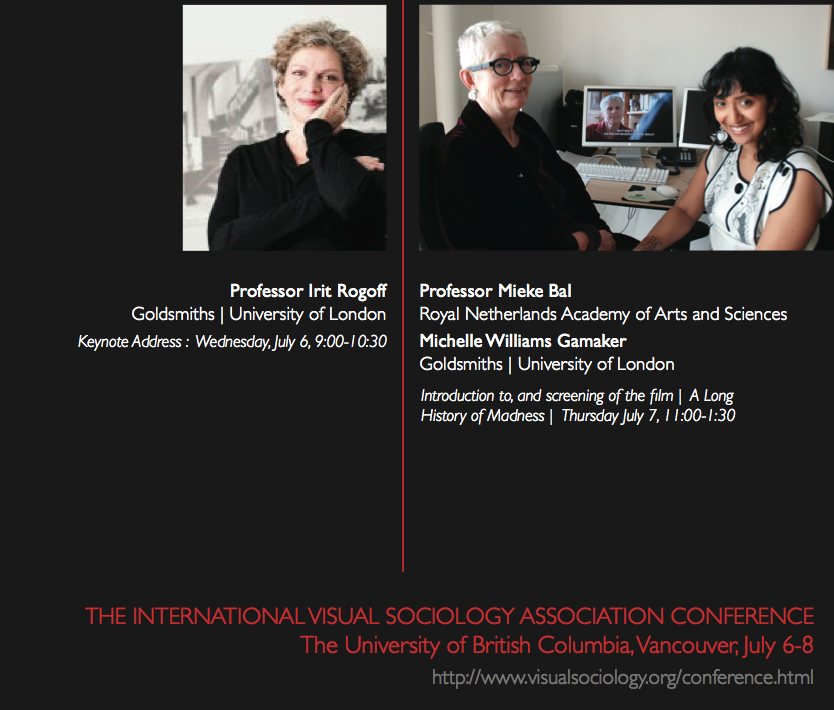 .
.
The call for proposals can be found here
All posts by Sandra Mathison
International Visual Sociology Annual Conference at the University of British Columbia, July 6-8
Consider attending… check out the program here. And the conference website.
some advice on writing that paper
Here is a ppt, Plotting an Academic Paper, from Mary Dixon-Woods, Professor of Medical Sociology at the University of Leicester, that might help in developing an approach to writing or get you unstuck if you aren’t making much headway.
discussion of qualitative data analysis software
Just published issue of Forum: Qualitative Social Research focusing on qualitative data analysis software from multiple perspectives.
The KWALON Experiment: Discussions on Qualitative Data Analysis Software by Developers and Users
Vol 12, No 1 (2011)
Edited by Jeanine Evers, Katja Mruck, Christina Silver & Bart Peeters in cooperation with Silvana di Gregorio & Clare Tagg
The Seventh International Congress of Qualitative Inquiry (QI2011)
The deadline for abstract submissions for papers, posters, and fully formed panels has been extended to 15 January 2011. To make a submission, please visit this link.
analysis of video & audio data ~ Transana open source software
Thanks to Sylvia, a student in my research class, for pointing out this software.
Transana is software for professional researchers who want to analyze digital video or audio data. Transana lets you analyze and manage your data in very sophisticated ways. Transcribe it, identify analytically interesting clips, assign keywords to clips, arrange and rearrange clips, create complex collections of interrelated clips, explore relationships between applied keywords, and share your analysis with colleagues. The result is a new way to focus on your data, and a new way to manage large collections of video and audio files and clips.
Works on WIndows or OS X and developed at the University of Wisconsin, Madison.
The Society Pages ~ social science that matters
The Society Pages is a portal to a number of blogs that highlight sociological investigations, of a traditional scholarly type and a more hip modern types as well. Sociological Images focuses on images that inform and create our understanding of the social world; Graphic Sociology is an analysis of graphs, tables and other visual presentations of data and will give you some cool ideas about data presentation; as well as Thick Culture and Cyborgology. Loads of cool stuff and inspiration for researchers.
Here is a post from Sociological Images that caught my eye… the I-75 Project.

Phenomenology ~ one stop information source
There is, of course, a vast theoretical and research literature on phenomenology as a methodology (understood as a research design approach) but if you are looking to get a handle on what phenomenology is about as a research methodology and some superb examples of phenomenological analysis check out Max Van Manen’s website Phenomenology Online. Start by clicking on “inquiry” then “methododology” but don’t stop there–there are loads of good examples. After that explore the rest of the site.

spicy nodes ~ a tool for concept mapping
Spicy Nodes is a web development tool, but some of my students have used it to create concept maps, in developing research questions, and keeping track of layered information about research constructs. This is a tool that could be helpful in building and refining a conceptual/theoretical framework in planning and doing research.
creating data using theoretical ideas
This example illustrates how methods can be informed by a theoretical connection, and can lead to creative data collection. The key, of course, is the soundness of the theoretical connection upon which the method is based.
As part of a large research project in Chicago, Professor Sampson walked through different neighborhoods this summer, dropping stamped, addressed envelopes to see how many people would pick up an apparently lost letter and mail it, a sign that looking out for others is part of the community’s culture.
In some neighborhoods, like Grand Boulevard, where the notorious Robert Taylor public housing projects once stood, almost no envelopes were mailed; in others researchers received more than half of the letters back. Income levels did not necessarily explain the difference, Professor Sampson said, but rather the community’s cultural norms, the levels of moral cynicism and disorder.
Read more about this in a discussion of the cultural of poverty and at the website for the Project on Human Development in Chicago Neighborhoods.
 Follow
Follow

